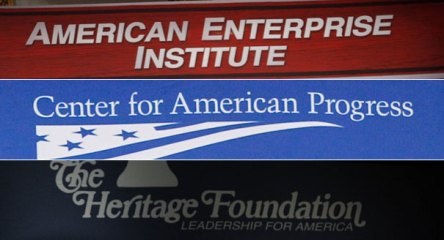Most college students don’t realize the value in being educated (at least a little bit) on politics and media. I myself was one of those college students prior to enrolling in an activists writing media class at my university. After learning about a few of the conniving individuals who run the ‘back rooms’ of politics, I decided to end my ignorance and further educate myself on what is going on around me. Sure, I found out some things that I would rather not know, some things that anger me, and some things that still do not make any sense to me. Yet, for the most part, I’ve begun to change my role to a politically-aware active citizen.
Not sure what I’m talking about? That’s okay; check out my three part series on the rise of conservatism and media. In my serialized responses, I attempted to explain concepts, documents, and people who are most involved with the rise of conservatism. Part one of my series discusses the Powell Memo, where I believe that conservatism got its name out there. Louis Powell, the writer of the Powell Memo, is a prominent figure in the rise of conservatism and free market capitalism, as well as advocacy and activism. His document is critical in understanding how much of conservative media and infrastructure came about. Part two of my blog series follows up on the rise of conservative infrastructure by looking at think tanks. Think tanks may only be a vague concept to many people, but they are actually quite complex. Last but not least, part three of my serialized responses looks at present day conservatism and the “kings of conservatism”, who are also known as the Koch Brothers. You may be surprised to see how much power they have over conservatives and how their money can get them to the top in just about anything.
Check out my responses and get educated on the rise of conservative infrastructure…you won’t regret developing an understanding of who is trying to run America now!



